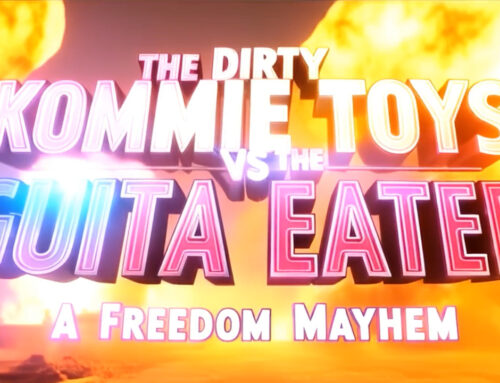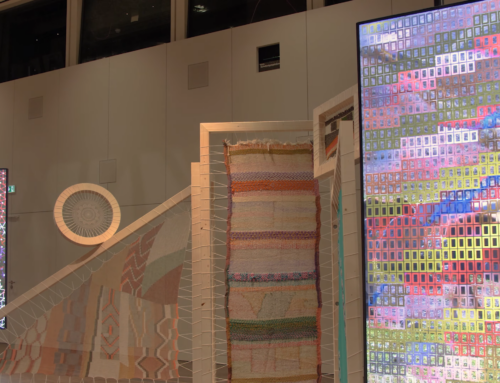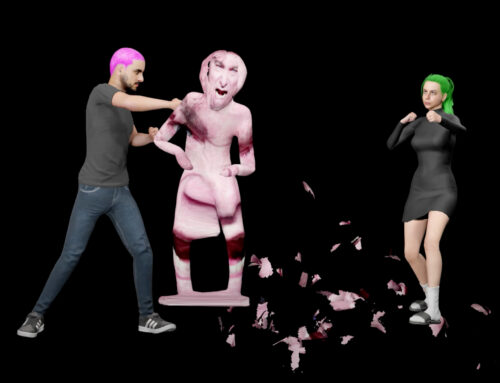Melted glue, clay, wire, tape, blades, discarded electronic materials, toys, faux fur fabric, batteries, servo motors, dc motors, etc.
Assembled from obsolete electronic components and everyday detritus, these ‘sacha1 toys’ are reimagined to question the essence of their existence and provoke dialogue about the ephemeral nature of identity and value. Now, these transformed objects serve as instruments of destruction, juxtaposing the physical deformation of currency with its conceptual worth, reflecting the constant flux that defines both the material world and our own sense of self.
1 In Argentina, ‘sacha’ is commonly used informally to describe something as fake, similar to ‘pseudo-‘ or ‘quasi-‘ in English. This colloquial usage indicates a less authentic or lower-quality imitation of the original; however, the term originates from Quechua, where it typically refers to something wild.
—
“playground” emerges as a commentary on the fragility, volatility and plasticity of the idea of value in our current context. It consists of an installation made up of a series of toys that initially evoke the innocence of childhood. However, upon closer inspection, these objects reveal their true function: they are equipped with sharp elements and were designed to destroy. These toys, adorned with hardware parts from discarded technological devices and materials such as melted glue, clay, and other colorful components, merge the playful with the dangerous, the new with the discarded.
The project presents a dichotomy: on one hand, the blades, dangerous and sharp, symbolize the ability to cut and destroy, reflecting both the destruction of monetary value and the aggression inherent in the consumption cycle. On the other hand, the use of more plastic and elastic materials suggests flexibility, malleability and the ability to unite and rebuild, inviting reflection on the dualities in our relationship with objects: destruction versus creation, permanence versus impermanence, and rigidity versus adaptability.
What confers value on an object? Is it the material it is made of, its function, or the meaning we assign to it? Are these social constructs or inherent truths? The act of destroying objects becomes a means through which we question the foundations of the value systems that often confine us within predefined limits.
Each fragment resulting from this destructive force represents not only a fissure in the material form but also a rupture in the perceived importance attributed to these objects. This act highlights the transience of existence, emphasizing the fragility of material possessions and the ephemeral nature of perceived value, becoming a poignant reminder of the impermanent nature of all things, and evoking the inevitable cycle of creation and destruction, inviting contemplation on the essence of existence itself.
The toys in this installation were designed to physically destroy Argentine pesos. They act as a tangible medium to interrogate and manifest the conceptual discourse on value explored throughout the project. Simultaneously, they allude to the ongoing devaluation processes, reflecting the acute economic crisis in Argentina. This destructive act not only embodies the accelerating economic, cultural, and emotional instability but also highlights the rapid obsolescence and fragility of both monetary value and personal identity in such turbulent times. It reflects how these crises expedite the degradation of value systems, contributing to a broader sense of instability and disintegration.




